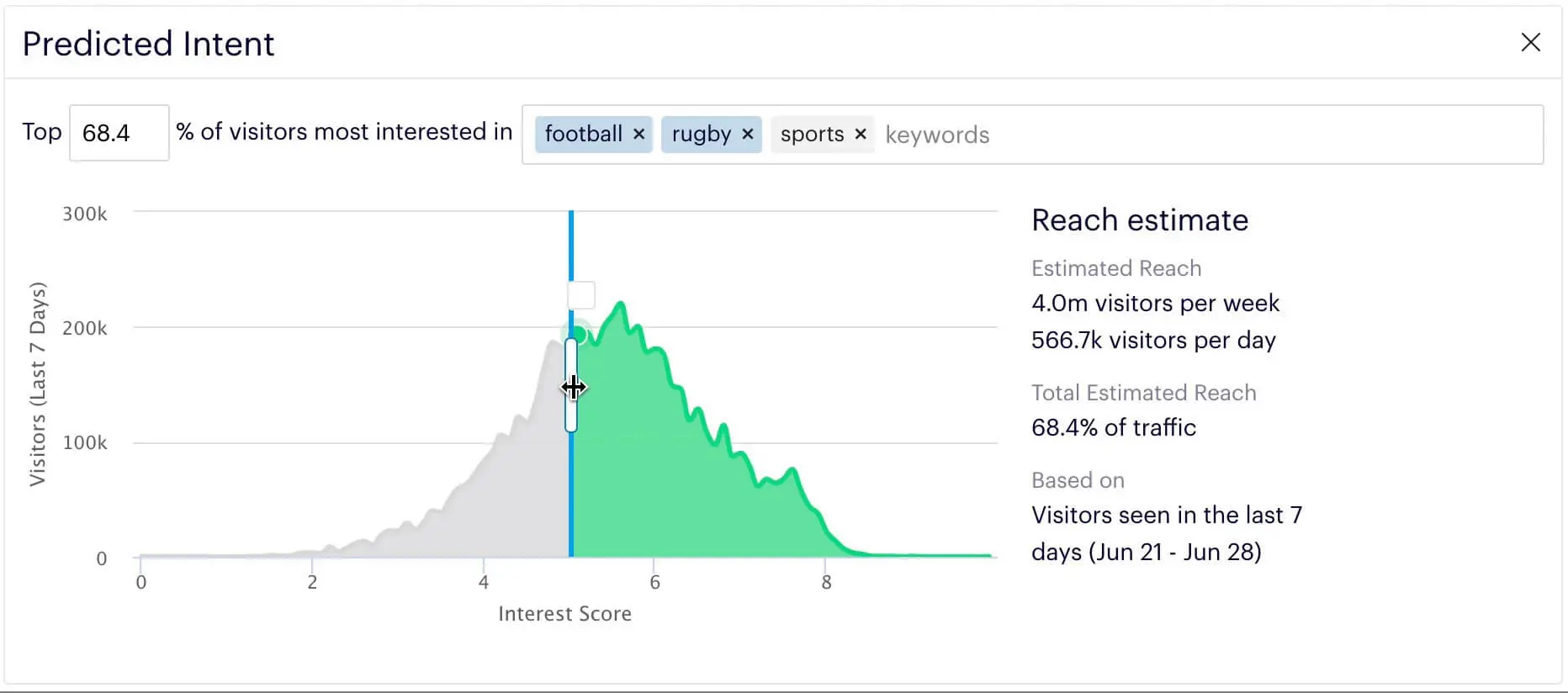Optimizely Announces Adaptive Audiences
Today, at Opticon, we announced Adaptive Audiences — the only way for brands to deliver exceptional personalized experiences to customers at scale. Adaptive Audiences enables customers to:

- Leverage Machine Learning technologies to create new audience segments based on what customers are interested in.
- Reduce resources and easily connect customers to personalized experiences.
The world’s leading experimentation conference, Opticon 2018, kicked off today in Las Vegas, bringing together digital architects from leading companies. During our keynote, we made some exciting announcements, including a new feature that I’m super excited to share with you: Adaptive Audiences.
Adaptive Audiences is a way for Optimizely’s customers to connect the right audiences to their campaigns, ensuring that more individuals are able to engage with the personal experiences that are created through Optimizely. This new feature is powered by machine learning and will enable Optimizely customers to deliver exceptional personalized experiences for their customers, at scale.
We know that personalization is key to being able to effectively engage with customers, leading to increased engagement and revenue. One of the most challenging parts of personalization is audience definition, ensuring that the right customers are receiving personalized content. At Optimizely, we have seen a lot of organizations create personalized experiences, and audience selection is one of the key challenges that we see customers running into. Adaptive Audiences will allow our customers to identify a user’s intent on the site and match them with the content most relevant to them.
Additionally, organizations see value when personalizing at scale. Typically this happens when looking at the average lift in revenue (or whatever KPI is important to the campaign) from creating personalized experiences, scaled out by the number of visitors. The key here is the number of visitors, or what impacts campaign reach– this is the most difficult aspect of personalization. Customers often struggle to balance broad reach with targeted delivery, particularly when creating personalized experiences. With Adaptive Audiences, users can interact with their visitor data to expand the reach of their campaign to the visitors who are most likely to find the experience relevant.
Let’s talk through a brief example of how this can work. Suppose you are a media company, and you are looking to make sure that your visitors are absorbing the most relevant content for their interests. With Adaptive Audiences, you are able to see the top 20% (or top 80%, it is totally up to you) of visitors who are most interested in “finance” and “money” news, ensuring that they are receiving content that is pertinent to their interests. To do this, Optimizely examines the content visitors browse and uses natural language processing (NLP), a form of machine learning, to predict their intent on the site. Then, they are matched with the Adaptive Audience that is most relevant to them.

Given how challenging it can be to define the correct audiences for experiences, Adaptive Audiences will enable better personalized customer experiences, at scale.
We have been piloting Adaptive Audiences and have received positive feedback on how it is helping customers connect with their audiences. If you are an existing Optimizely customer and are interested in Beta testing, please contact your account team.
